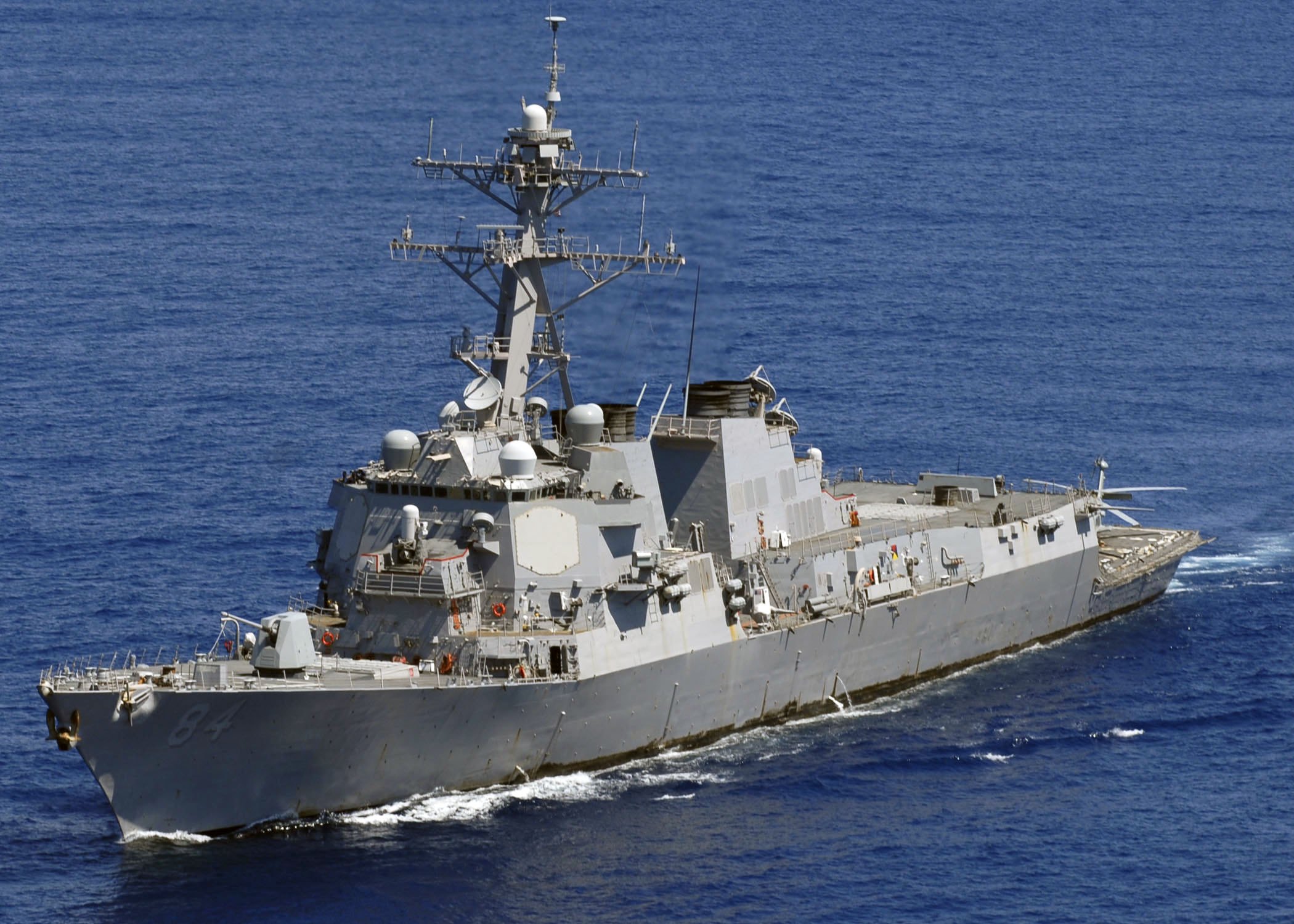F-22Raptor
ELITE MEMBER

- Joined
- Jun 19, 2014
- Messages
- 16,980
- Reaction score
- 3
- Country
- Location

The U.S. Navy once again has an aircraft carrier in U.S. Central Command, after the Truman Carrier Strike Group passed through the Suez Canal on Monday and became a U.S. 5th Fleet asset.
The region had gone without any naval air power for a stretch of time, after the Theodore Roosevelt CSG and the Essex Amphibious Ready Group departed the region in mid-October. The Kearsarge ARG entered 5th Fleet on Nov. 1 and began air strikes with Marine Corps AV-8B Harriers about two weeks later, after a one-month gap in naval air power operations.
With USS Harry S. Truman (CVN-75) and its strike group – which includes guided-missile cruiser USS Anzio (CG-68) and guided-missile destroyers USS Gravely (DDG-107), USS Bulkeley (DDG-84), USS Gonzalez (DDG-66) and USS Ramage (DDG-61) – entering the region on Dec. 14 after a month in U.S. 6th Fleet in the Mediterranean, American forces can increase the pace of air strikes.
“Certainly we’ve said we plan, particularly with regards to Syria, to thicken the air campaign and you’ve seen that,” Pentagon spokesman Navy Capt. Jeff Davis said at a press briefing on Wednesday, according to The Hill.

The French navy nuclear aircraft carrier Charles de Gaulle (R91) transits the Suez Canal on Dec. 7, 2015, as it enters the U.S. 5th Fleet area of operations. French Navy photo.
As the Truman Carrier Strike Group battles the Islamic State, it will do so under the command of a French flag officer. Rear Adm. Rene-Jean Crignola, commander of the French Maritime Force, took command of U.S. Naval Forces Central Command’s Task Force 50 on Dec. 7. CTF 50 plans and conducts naval air strikes for Operation Inherent Resolve, the formal name for the fight in Iraq and Syria.
Crignola, embarked on the aircraft carrier FS Charles de Gaulle (R91), will help integrate naval air power from France, the United States and other coalition forces.
Charles de Gaulle deployed on Nov. 18, just days after a terrorist attack hit Paris, and began air strikes on Nov. 23. The ship is escorted by the air defense destroyer (FN) Chevalier Paul, anti-submarine frigate (FN) La Motte-Picquet, anti-submarine frigate (BN) Leopold Ier, anti-submarine frigate (GN) Augsburg, command and supply ship (FN) Marne, and a nuclear attack submarine.
Truman Carrier Strike Group Enters U.S. 5th Fleet To Begin Anti-ISIS Operations - USNI News



























